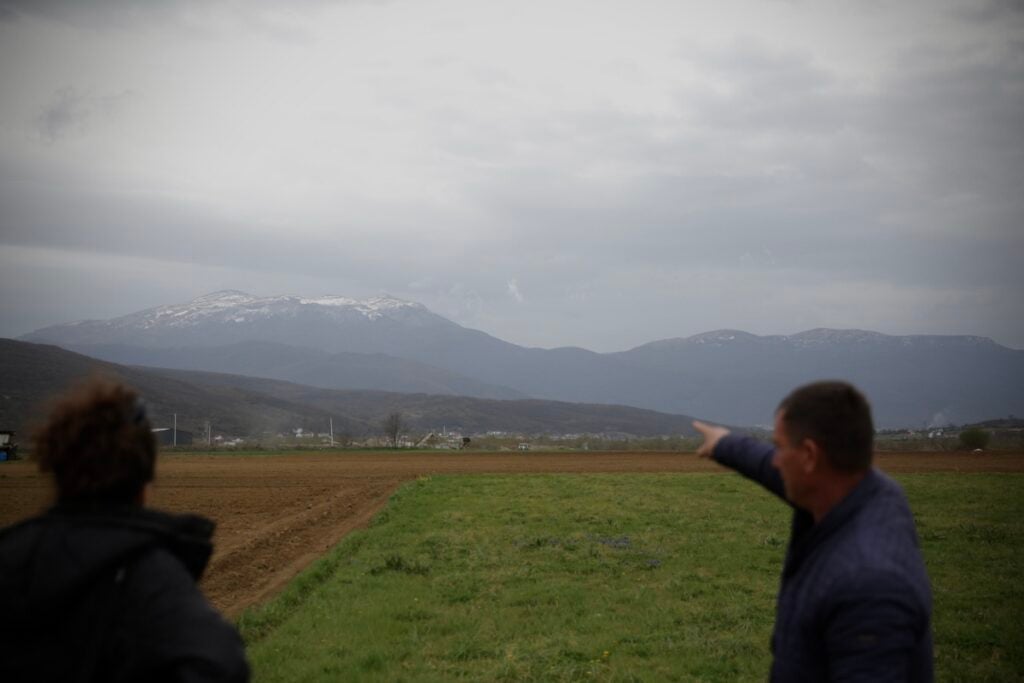19. Mostra Internazionale di Achitettura – Padiglione Kosovaro

Il progetto Lulebora nuk çel më. Emerging Assemblages rappresenta il Kosovo alla Biennale Architettura di Venezia.
Comunicato stampa
The Pavilion of the Republic of Kosovo at the 19th International Architecture Exhibition—The Venice Biennale presents Lulebora nuk çel më. Emerging Assemblages, a sensorial exploration of rupture and reconfiguration in Kosovo's shifting landscapes: the uprooting of ecological relationships and embodied knowledge systems under climate pressure, and the new forms of sense-making that emerge in liminal spaces of uncertainty.
Grounded in fieldwork with farmers across Kosovo, the project traces a landscape in transition, where longstanding crops like wheat and beans struggle, while new ones such as kiwi and figs take root. This agricultural shift reflects a deeper epistemic rupture: the faltering of sensory cues and seasonal markers that farmers have relied on for decades—exposing the fragility of situated forms of knowledge, while creating space for their recalibration.
Lulebora nuk çel më. Emerging Assemblages materializes these ecological tensions through sensory-material elements that resist capture by predictive models: the soils and smells of this uncertain landscape.
Covering the pavilion floor is a range of soils sourced from two major Kosovar plains, from dark, fertile topsoils to lighter, mineral-rich strata that reflect deeper, less mutable geologic layers, revealing both the embedded constraints and adaptive possibilities of a changing landscape. As farmers note, soil behaves differently across regions and seasons, shaping what can be planted and when. This soil is neither static nor passive, but an active participant in ecological becoming—inscribing dynamic markers of change that resist standardized measurement.
At the heart of the pavilion is a relational calendar that expresses these new agricultural rhythms through smell, our most intimate and unquantifiable sense. This olfactory calendar is organized not by date, but according to ecological thresholds—moments that farmers identify as critical to the life cycles of key crops. Drawing from farmers’ embodied accounts, each scent acts as a temporal node in a rhythmic assemblage of change, rendering sensible the stories of vanishing crops, delayed flowering, and emergent ecologies—affirming the hyperlocal nature of embodied knowledge even as it drifts into new patterns. In this way, rupture becomes not only a marker of loss, but a space for reconfiguration.
Emerging Assemblages invites us to stay with what cannot be fully mapped or measured—to listen, smell, and feel our way through a world in transition.



